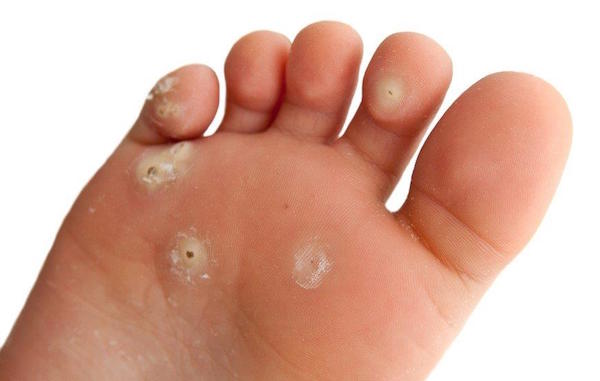Continuing his hugely-popular medical column, Medical Matters, this week Dr Ciaran Roarty examines the common problems of verrucas and warts and how they can be treated.
Verrucas and Warts
Warts are little rough bumps on the skin which are usually (but not always ) found on the hands and feet. They are caused by a virus and can occur singly or in groups of several.
They are usually less than a centimetre in diameter and vary tremendously in size and shape. Verrucas are simply warts that developed on the soles of the feet. They are usually flatter because we are walking on them every day. (Warts near or at the genital or anal area are different and are classified as a sexually transmitted infection.)
It is thought that most of us develop warts at some stage in our lives and usually in childhood or our teenage years. They usually are not harmful but tend to be treated if they are unsightly, bothersome (eg at the tips of our fingers) or painful ( eg a verrucae)
How do I get them?
Close skin to skin contact is needed to pass on the virus that causes warts and verrucas directly. But if your skin is damaged, or roughened and wet and in contact with rough surfaces you may also contract the virus. This is can happen in swimming pools.
It is also possible to spread the wart yourself to another part of the body by sucking or biting your fingers or nails for example. Once again if you are immunocompromised for any reason ( eg on special immune suppressing medication) you may be more prone to contracting the virus that causes warts.
Can I prevent their spread?
Things like not sharing towels, covering verrucas with waterproof plasters when swimming or wearing flip-flops in communal showers all help reduce the spread. Picking or scratching warts and biting nails or fingers that have warts can all lead to the spread of warts.
How do I treat them?
Often warts will go themselves and up to half will have gone in a year, especially in children. Adults find it takes longer for a wart to disappear. Treatments are used when they are bothersome and include:
Cryotherapy – freezing them with liquid nitrogen. Usually, a GP or practice nurse who is skilled in this technique will perform the treatment between 4 to 6 times with a couple of weeks gap between each treatment.
Painting with gels and lotions containing salicylic acid. This can be time-consuming as it usually has to be applied daily for up to three months, with prior preparation of the wart necessary ( filing beforehand to rub off dead cells)
Combination of both of the above methods.
Other specialist treatments such as curettage, light therapy, laser therapy and creams.
Should my child stop swimming if they have a wart or verrucas?
Swimming may save your child’s life one day so the advice is to continue swimming but place a waterproof plaster over the wart or verruca when swimming and use flip-flops in the showers.
The above information is intended as advice only and should you have any concerns please contact your own Doctor.
Dr Ciarán Roarty MB, BCh BAO MICGP DRCOG Grad. Cert. Obst. Ultrasound
is a full-time GP at Scally McDaid Medical Practice, Scally Place, Letterkenny, Tel 0749164111







